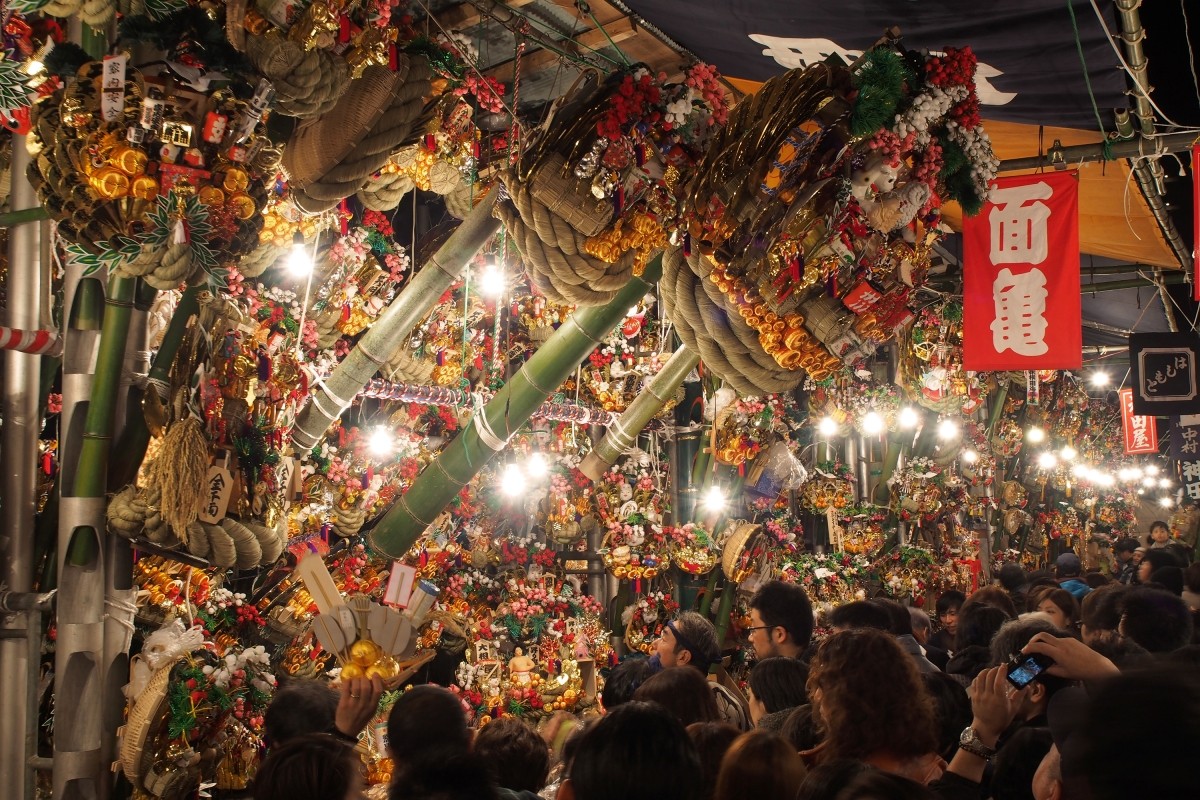
Image provided by: Taito City Office, Tourism Division
Held every November in Japan, especially in the Kanto region, "Tori no Ichi" is a lively festival where people pray for prosperous business and good fortune. The events at Asakusa in Tokyo and Hanazono Shrine in Shinjuku are especially famous and are popular among international visitors as well. In this article, we’ll dive into the history of Tori no Ichi, highlight the most notable places to visit, and share the must-see attractions. Be sure to experience this energetic traditional culture of Japan for yourself.
What is Tori no Ichi? Its History, Timing, and Main Locations
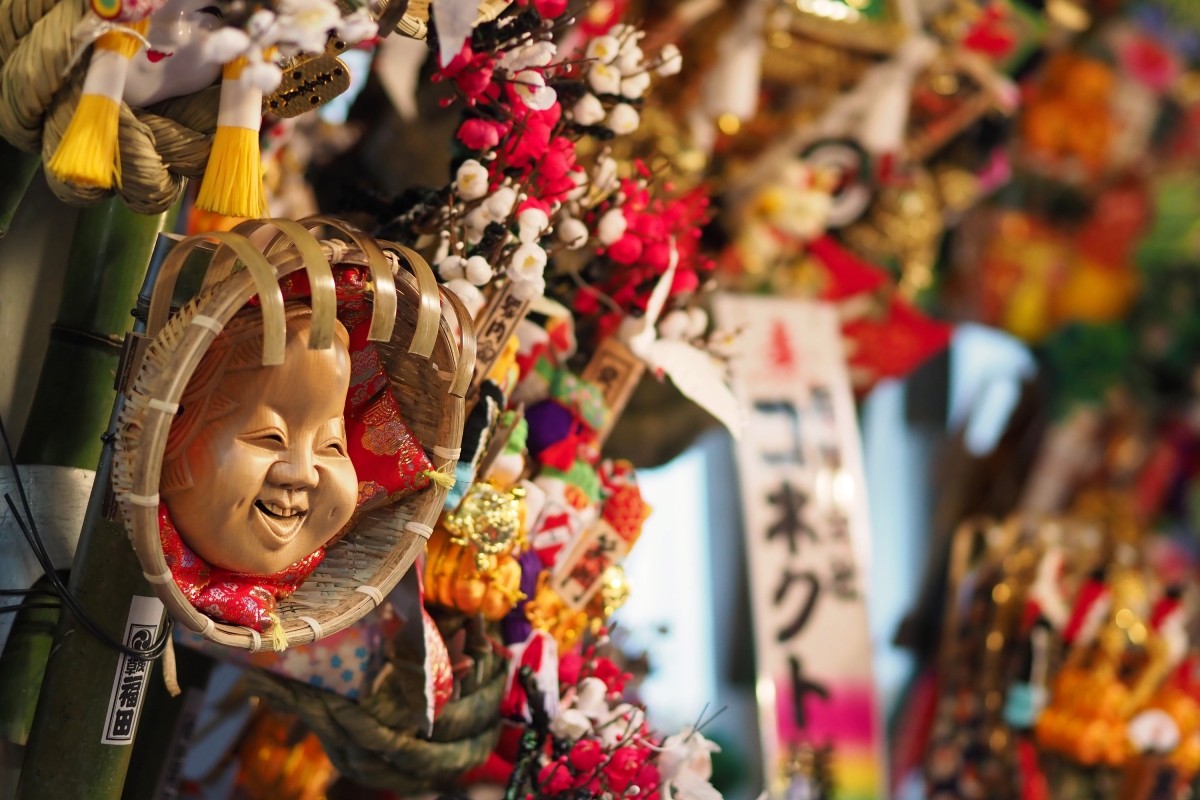
Tori no Ichi is a traditional festival held in November, during the transition from autumn to winter in Japan. It is said to date back to the Edo period and is celebrated as an annual event to pray for prosperous business in the coming year and for good fortune. So, what kind of festival is it exactly?
When: Held every "Tori Day" in November
Tori no Ichi is held on "Tori Day" in November each year.
"Tori Day" is based on the traditional Japanese zodiac calendar, which cycles through twelve animals every twelve days: Rat, Ox, Tiger… and so on. Because of this, in November the festival is held either two or three times, known as "Ichi no Tori" (the first Tori), "Ni no Tori" (the second Tori), and depending on the year, sometimes "San no Tori" (the third Tori).
Where: Otori Shrines and "Tori Temples" around Japan
Tori no Ichi is held at Otori Shrines (also known as Ohtori Shrines), particularly concentrated in the Kanto region including Tokyo. Here are some of the main shrines and temples:
- Otori Shrine and Chokokuji Temple (Asakusa, Tokyo)
- Hanazono Shrine (Shinjuku, Tokyo)
- Okunitama Shrine (Fuchu, Tokyo)
- Hanahata Otori Shrine (Adachi, Tokyo)
- Kotohira Otori Shrine (Yokohama, Kanagawa Prefecture)
Historical Background: A Festival of the Common People Since the Edo Period
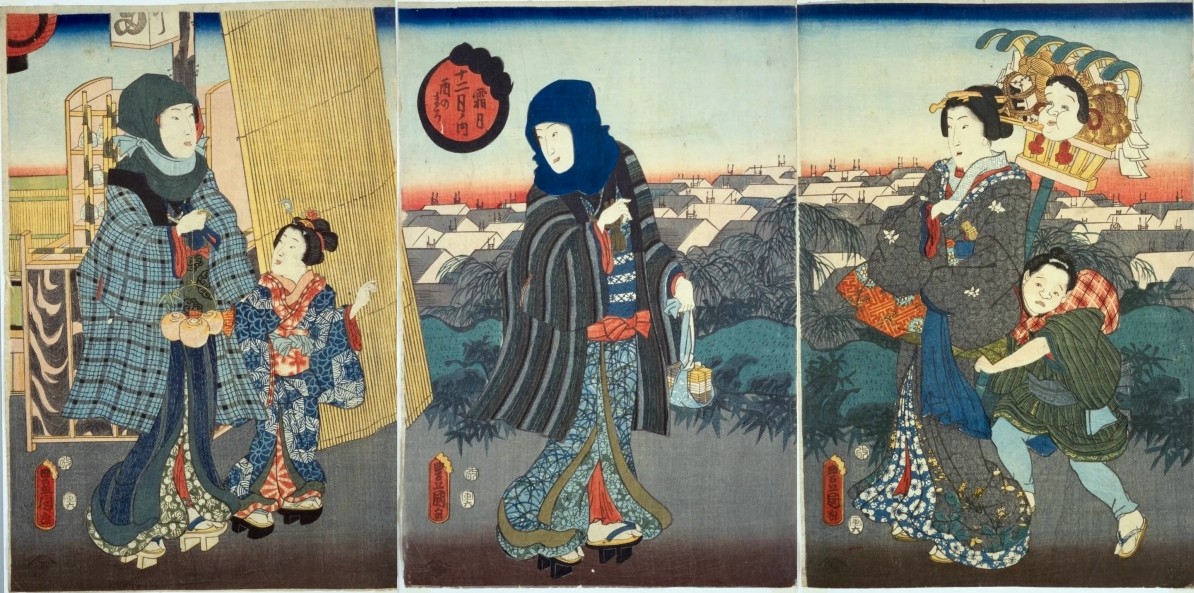
The origins of Tori no Ichi go back to the Edo period. While there are different theories, it is said to have started with the festival at Hanahata Otori Shrine in Adachi, Tokyo, which then spread throughout Edo (present-day Tokyo). Among these, the Tori no Ichi at Asakusa became particularly well-known due to the large number of worshippers.
It originally began as a festival to give thanks for agricultural harvests, but over time it transformed into an event where people pray for successful business and good fortune. A major feature of the festival is the many stalls selling "kumade" (decorative rakes) adorned with a variety of ornaments, lining the shrine grounds and streets in front of the gates.
Representative Locations of Tori no Ichi
Hanazono Shrine in Shinjuku [Shinjuku, Tokyo]
Located in the heart of Shinjuku, Hanazono Shrine is a historic shrine that has watched over the area’s development for centuries. Its exact origins are unclear, but it is said to have existed even before Tokugawa Ieyasu established the Edo Shogunate in 1603.
In the Meiji period, the Tori no Ichi began to be held on the "Tori Day" in November to honor the enshrined deity Yamato Takeru no Mikoto, as this date corresponds with the anniversary of his death.
During the festival, the shrine grounds are lined with stalls selling kumade for prosperous business, and Hanazono Shrine is also famous for hosting traditional sideshow entertainment.
2025 Scheduled Dates:
Ichi no Tori Eve Festival: November 11 (Tue)
- Ichi no Tori Main Festival: November 12 (Wed)
- Ni no Tori Eve Festival: November 23 (Sun)
- Ni no Tori Main Festival: November 24 (Mon, public holiday)
- Address: 5-17-3 Shinjuku, Shinjuku-ku, Tokyo
- Access: 3 min walk from Shinjuku-sanchome Station, 7 min walk from Shinjuku Station
- Official Website: Hanazono Shrine Shinjuku
Otori Shrine in Asakusa [Taito, Tokyo]
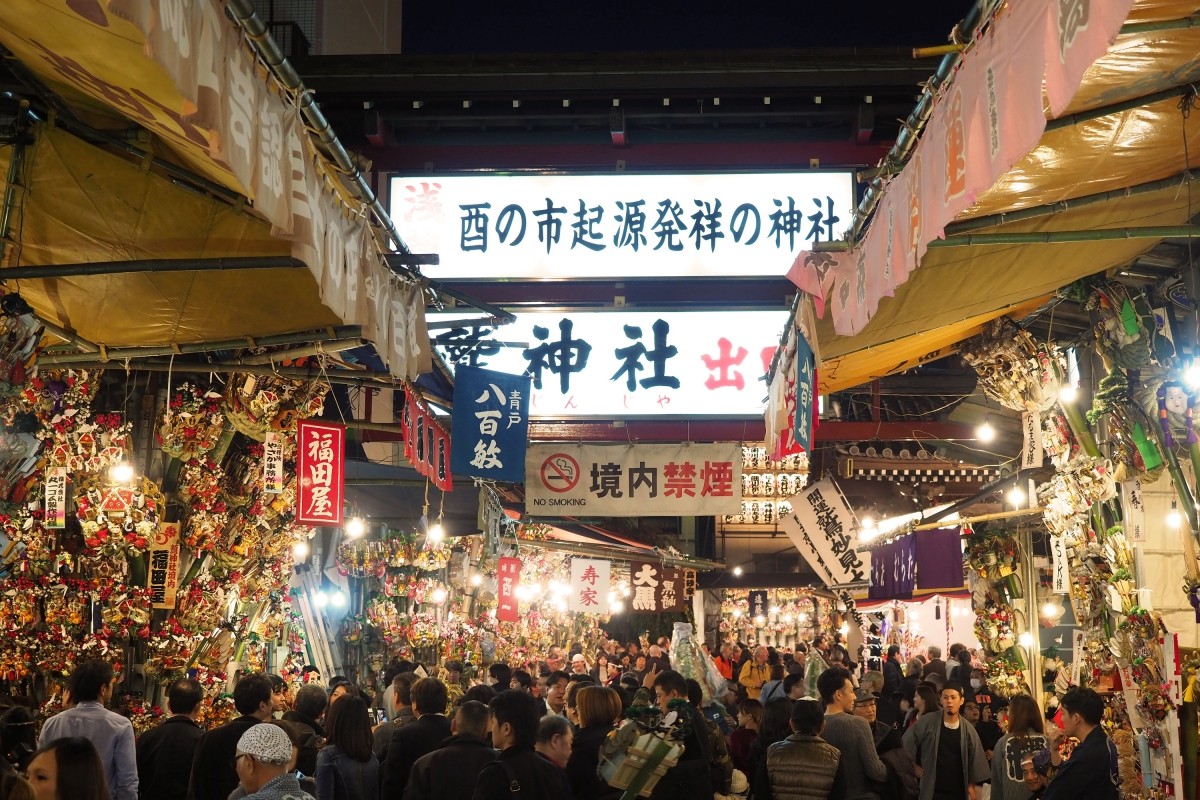
Although the exact founding date of the shrine is unknown, this is one of the oldest Tori no Ichi festivals, continuing since the Edo period. At midnight on Tori Day in November, the "First Drum" is struck, signaling the start of the festivities that continue throughout the entire day.
During the Edo period, the shrine was managed by the neighboring Chokokuji Temple, so today the festival is also held there. Its scale is among the largest in Japan, with about 150 kumade stalls and around 750 food and game stalls. It attracts more than 700,000 to 800,000 worshippers every year.
2025 Scheduled Dates:
Ichi no Tori: November 12 (Wed) 0:00–24:00
- Ni no Tori: November 24 (Mon, substitute holiday) 0:00–24:00
- Address: 3-18-7 Senzoku, Taito-ku, Tokyo
- Access: 7 min walk from Iriya Station, 8 min walk from Minowa Station, 8 min walk from TX Asakusa Station
- Official Website: Asakusa Eagle Shrine homepage
Kotohira Otori Shrine [Yokohama, Kanagawa Prefecture]
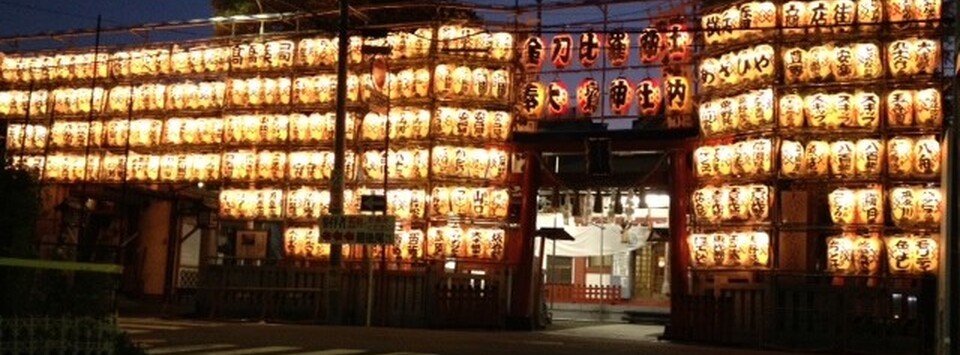
Kotohira Otori Shrine in Yokohama, Kanagawa is also famous as one of the leading Tori no Ichi festivals in the Kanto region.
It is said that the shrine was established in Ansei 6 (1859), when Yokohama opened its port, to pray for prosperity in business with the guardian deity. The Tori no Ichi here has been designated as an Intangible Folk Cultural Asset of Yokohama City. One of its highlights is the rows of lanterns hanging in the shrine grounds. Stalls selling kumade and food stalls line the surrounding streets and Oodoori Park, while the nearby Yokohamabashi Shopping Street is also bustling with visitors.
2025 Scheduled Dates:
Ichi no Tori: November 12 (Wed) 11:00–21:30
- Ni no Tori: November 24 (Mon, public holiday) 11:00–21:30
- Address: 1-3 Maganecho, Minami-ku, Yokohama, Kanagawa
- Access: 2 min walk from Bandobashi Station, 8 min walk from Koganecho Station
- Official Website: Yokohama Kintohira Owase Shrine homepage
Highlights of Tori no Ichi: Kumade, Tejime, Food Stalls, and More
The biggest appeal of Tori no Ichi lies in its vibrant atmosphere and the chance to experience unique aspects of Japanese culture.
The Charm of Kumade and How to Choose One: Meaning, Designs, How to Buy and Bargain, and Tejime
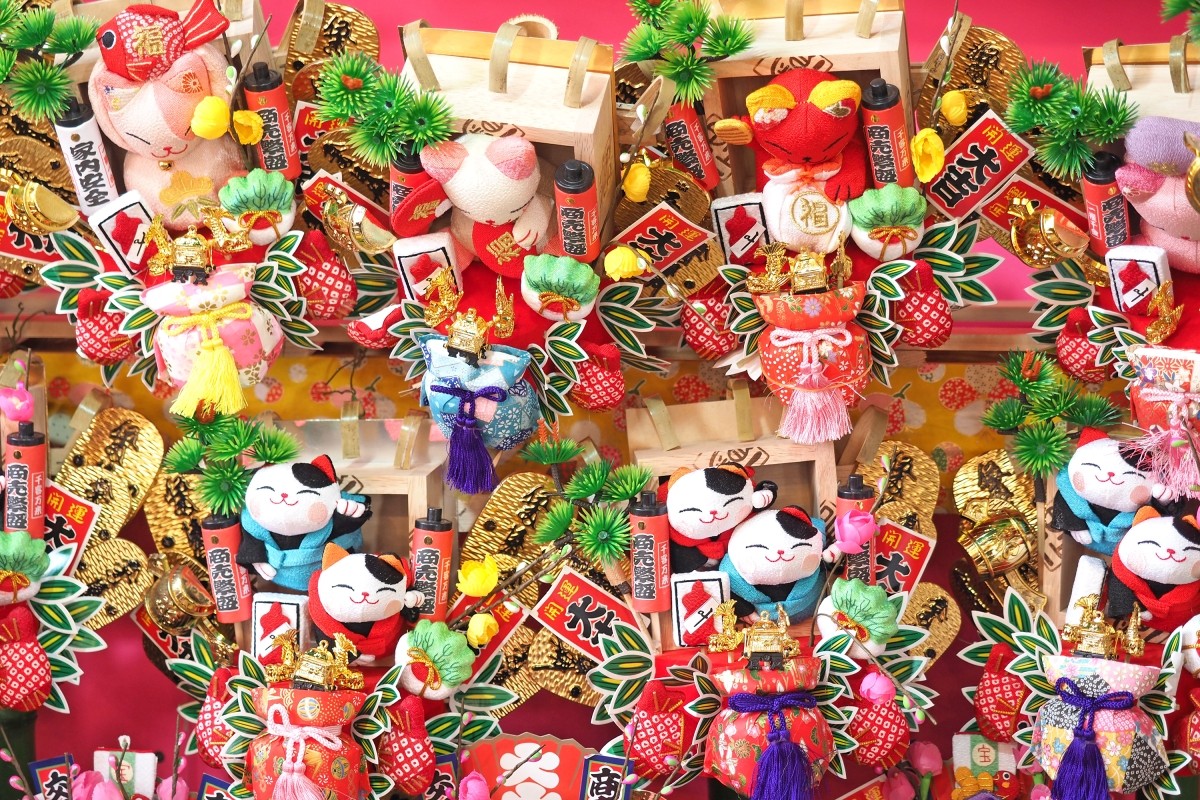
When it comes to Tori no Ichi, the must-have lucky charm is the "kumade." Originally just a farming tool used to gather fallen leaves, it eventually came to be seen as a tool for "raking in happiness and wealth." At Tori no Ichi, you’ll find all kinds of decorative kumade for sale, decorated with lucky symbols like the smiling Okame mask, large gold coins, treasure ships, or even the zodiac animals.
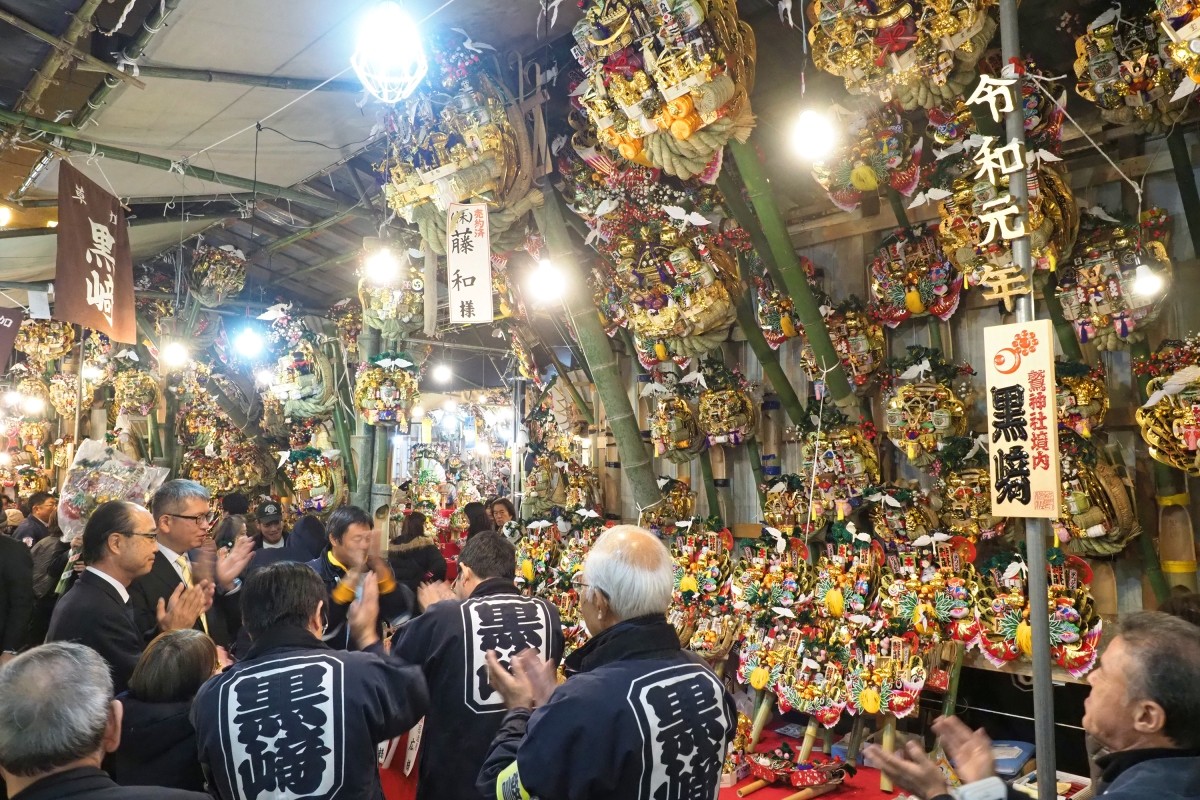
There’s a saying that the cheaper you manage to buy a kumade, the more luck it brings, so bargaining between sellers and buyers is part of the tradition. Once the deal is made, both the seller and the buyer perform "tejime," a rhythmic clapping ceremony.
The style of tejime differs by region, but in Kanto, it usually starts with a call of "Iyo!" followed by either "Sanbon-jime" or "Ippon-jime." Sanbon-jime goes "Ta-ta-tan, ta-ta-tan, ta-ta-tan-tan," while Ippon-jime is just a single sharp clap. As you walk around, you’ll hear these calls and claps echoing everywhere, adding to the lively atmosphere of the festival.
Tradition also says that you should carry your kumade home held high, as if scooping up good fortune, and then display it in a high place like above the entrance or under the ceiling of your home to keep away bad luck.
Lucky Foods You Can Try at Tori no Ichi
Kiri-zansho
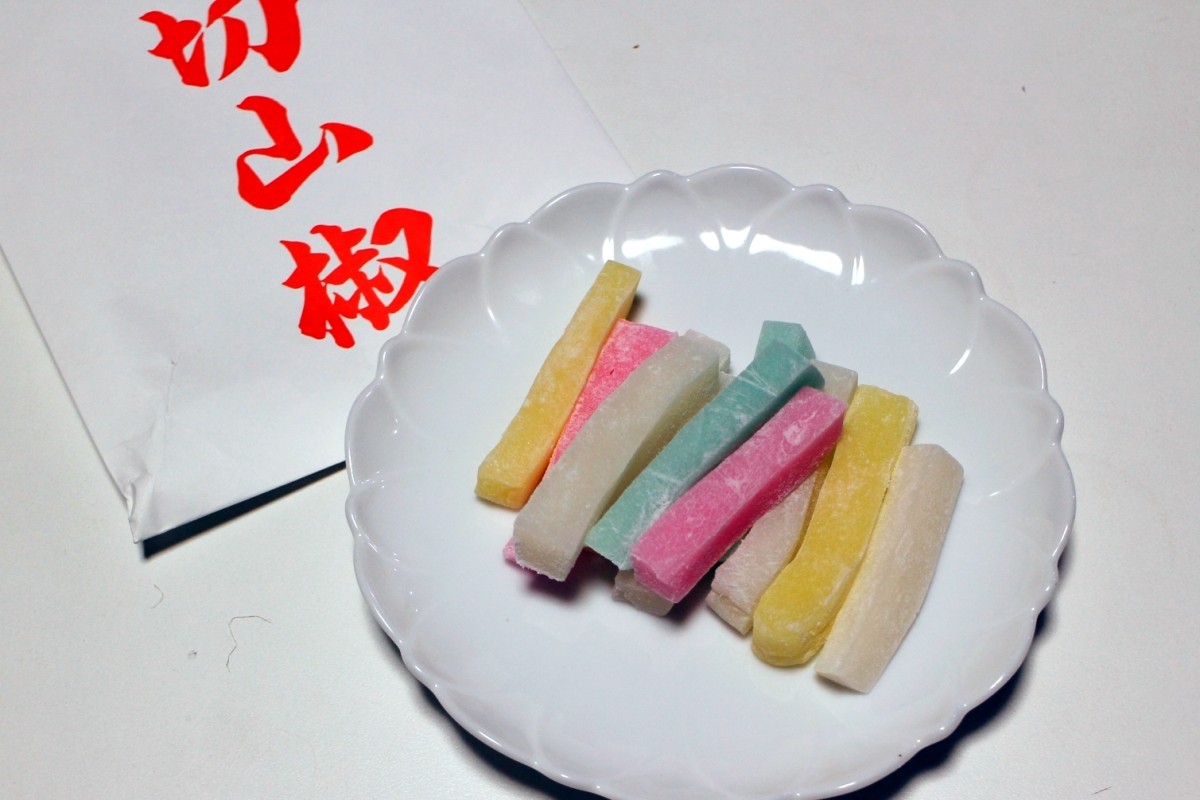
Among the many foods sold at the stalls, the most famous is "kiri-zansho." It’s a soft, slightly sweet rice cake with a spicy kick of Japanese pepper. People have eaten it for centuries as both protection from evil and a way to bring in good fortune.
Atama no Imo (Head Potato)
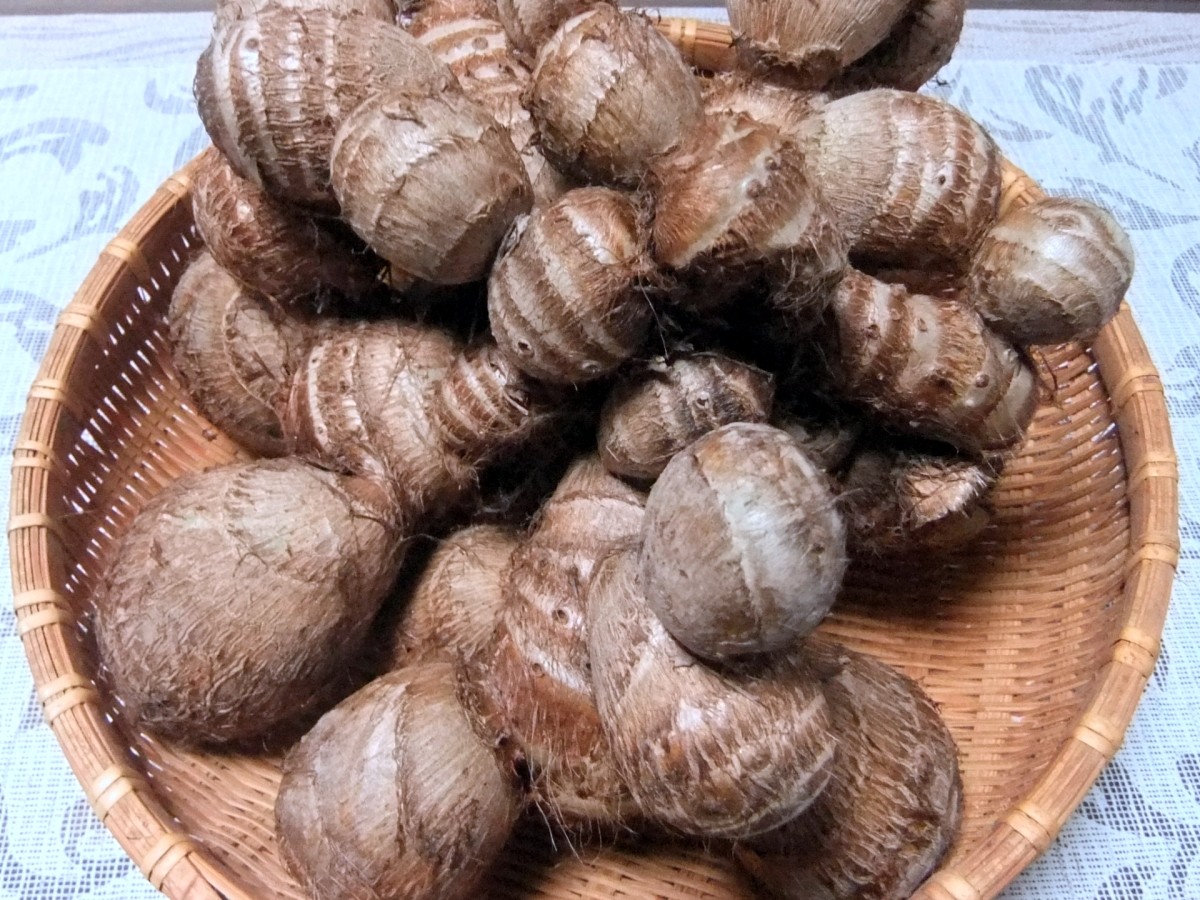
Another food you’ll see is a type of taro called "yatsugashira," also known as "atama no imo" or "head potato." Because many shoots sprout from a single root, it’s seen as a symbol of fertility and is considered a lucky food.
Tips for Enjoying Tori no Ichi💡
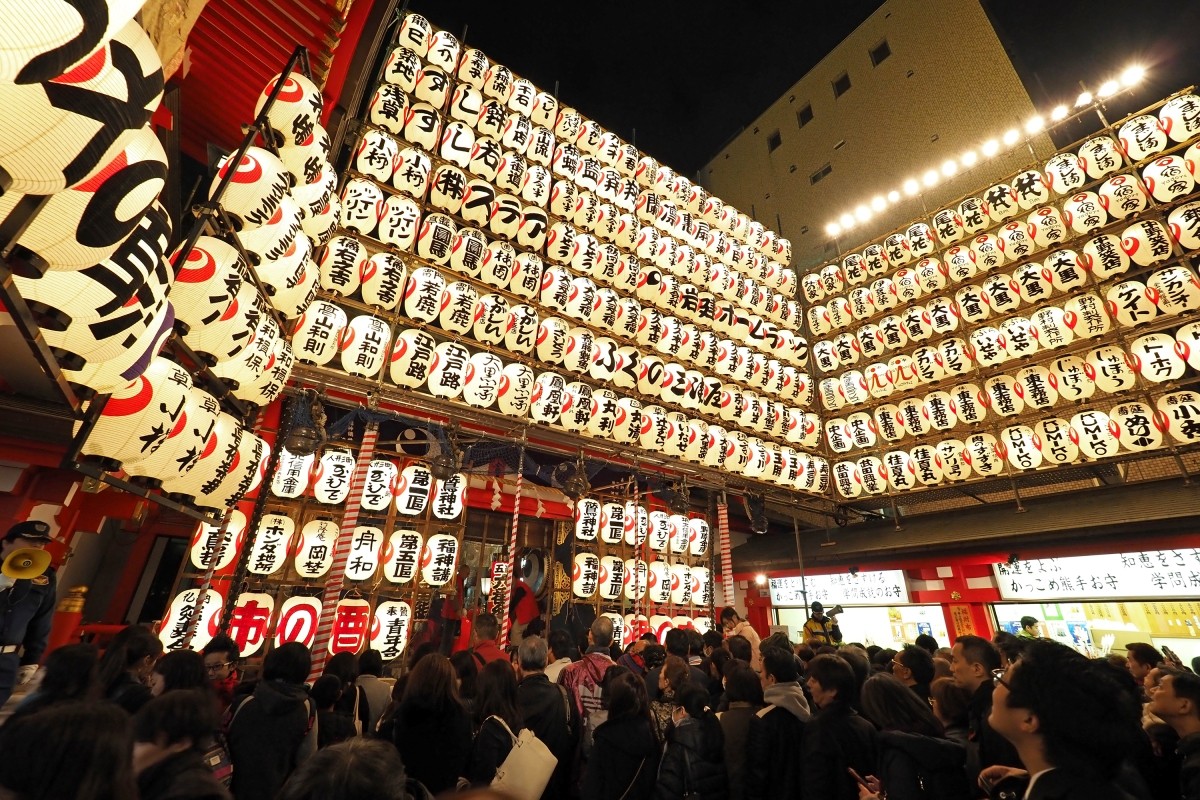
What’s the difference between the First Tori, Second Tori, and the Eve Festival vs. the Main Festival?
The First Tori, Second Tori (and sometimes even a Third Tori, depending on the year) simply mark the order of "Tori Days" in November. There’s no real difference, so you can visit on any of them.
That said, there’s an old belief that in years with a Third Tori, fires are more likely to break out, so people are especially reminded to be careful with fire. The most recent year with three Tori Days was 2024.
Some shrines and temples also hold an Eve Festival, but this is really just considered part of the main festival, so don’t expect anything special or different. Since opening hours vary by location, make sure to check the official information of the Tori no Ichi you plan to visit before heading out.
How to Handle the Crowds
Tori no Ichi can get extremely crowded. The busiest time is from evening into the night, so if you’d like to look around at a more relaxed pace, it’s best to go earlier in the day, such as in the morning.
That said, one of the festival’s charms is the magical night atmosphere, when the lanterns are lit and the grounds look like an exotic night market. If you plan to go at night, just be prepared for heavy crowds. Weekdays are usually less packed than weekends and holidays.
What to Wear and Bring
Nights in Japan in November can get pretty chilly, so make sure to dress warmly. Since you’ll be walking a lot, wear comfortable shoes. Also, most stalls only accept cash, so having Japanese yen coins on hand will make shopping easier.
Photography Etiquette
It’s natural to want to capture the atmosphere in photos, but please be mindful not to disturb other visitors or stall owners. Especially when photographing people, remember to ask for their permission first—good manners go a long way.
What’s the Difference Between Tori no Ichi and "Ebisu-ko"?
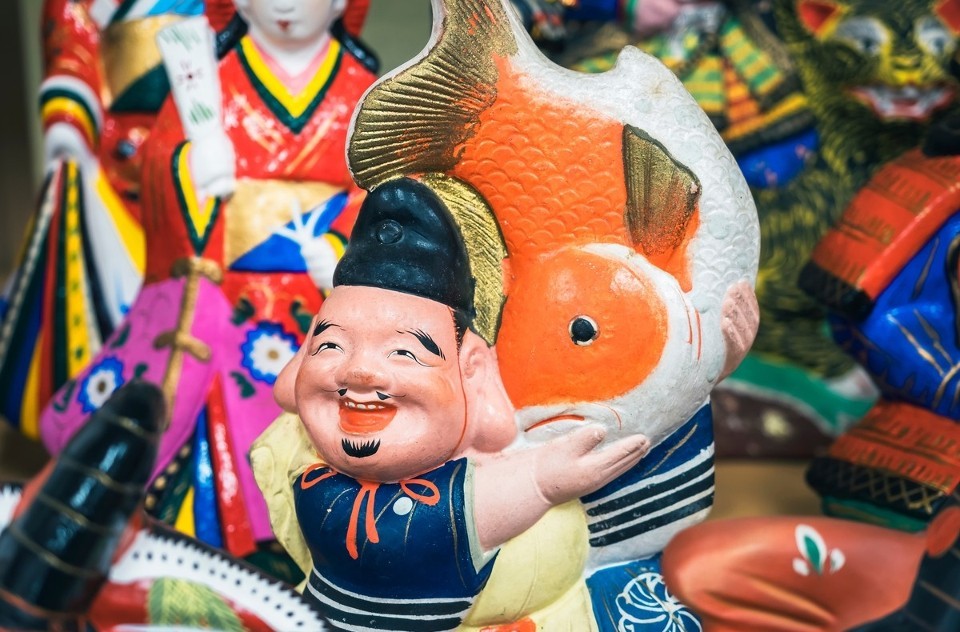
Just like Tori no Ichi, "Ebisu-ko" is also a festival known for praying for success in business. Both are held in autumn and dedicated to gods of prosperity, but their origins and unique features are different.
Comparing Blessings, Origins, and Timing
| Tori no Ichi (Tori Festival) | Ebisu-ko | |
| Gods Worshiped | The deities of Otori Shrine and related temples | Ebisu, one of the Seven Lucky Gods |
| Main Blessings | Prosperity in business, good fortune, safety at home, abundant harvests | Prosperity in business, bountiful catches and harvests |
| Origin | Began as an agricultural harvest festival and a celebration for good fortune | A festival celebrating the day Ebisu, one of the Seven Lucky Gods, returns after meeting with local deities |
| Main event period | Every November on the "Day of the Rooster" in the lunar calendar | October, November, or January depending on the region |
| Main Lucky Charms | Kumade rakes, used to "rake in" good fortune | Items such as sea bream and "daifuku-cho" ledgers symbolizing wealth |
While Tori no Ichi focuses on praying for prosperity and good fortune through decorative kumade charms, Ebisu-ko centers on worshiping Ebisu to wish for success in business and thriving fisheries.
Both are lively, traditional Japanese festivals, but each has its own unique history and meaning.
Read Related article👉What is Ebisu-ko? Discover its origins, how to enjoy it, and related events
Experience Japanese Traditions at Tori no Ichi
Tori no Ichi is more than just a festival—it’s a rare chance to experience Japanese traditional culture firsthand. You’ll feel the spiritual connection of prayers to the gods, the vibrant energy of the community, and the way traditions are still carried on today. If you have the chance, definitely go and experience it for yourself.
References:
- Tanaka Shonichi and Noboru Miyata, eds., Sanseido Annual Events Encyclopedia Revised Edition, first edition, Sanseido, 2012, 458 pages
- Naoki Shintani, "Japanese Traditions: Japan's Calendar and Annual Events", first edition, Japan Bungeisha, 2007, 238 pages
- Yasuko Miura, "Feeling the Seasons and Enjoying the Days: The Chronicles of the Years of Life," first edition, Narimido Publishing, 2024, 191 pages
- National Diet Library Search, NDL Image Bank, "What is the City of the Rooster?", Release date unknown, Reference date: 2025/8/20
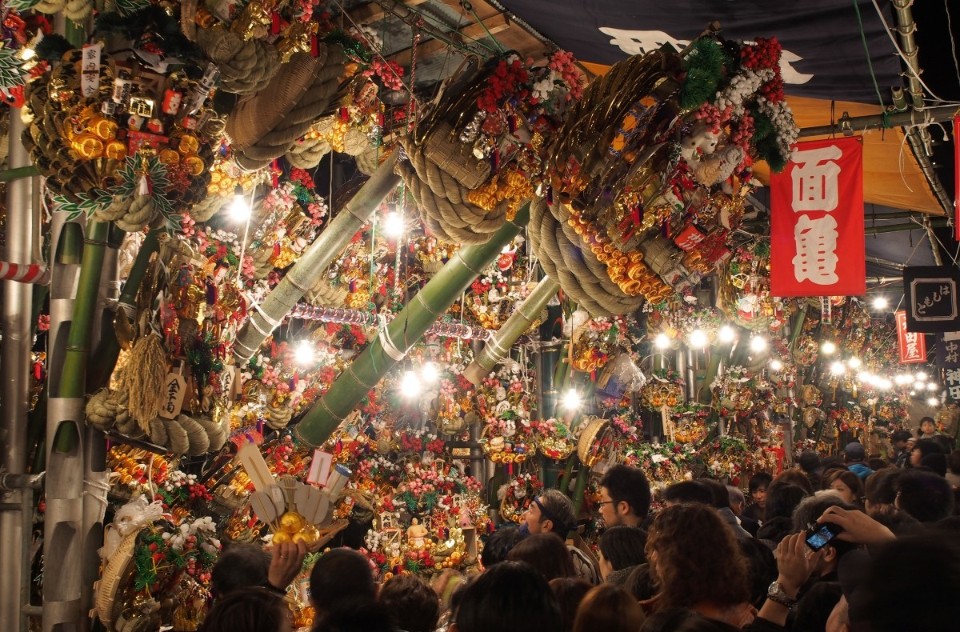
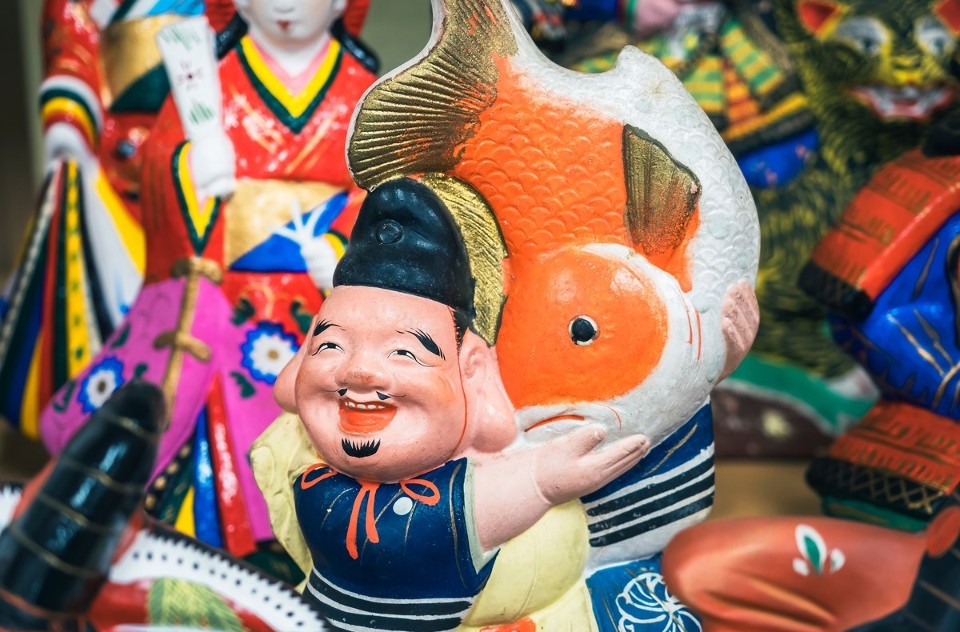
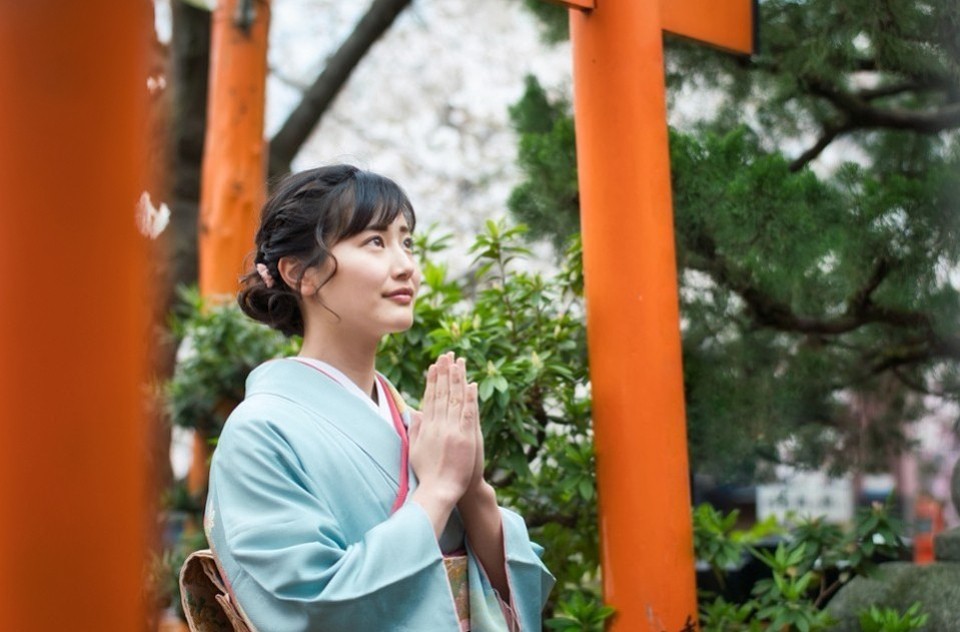
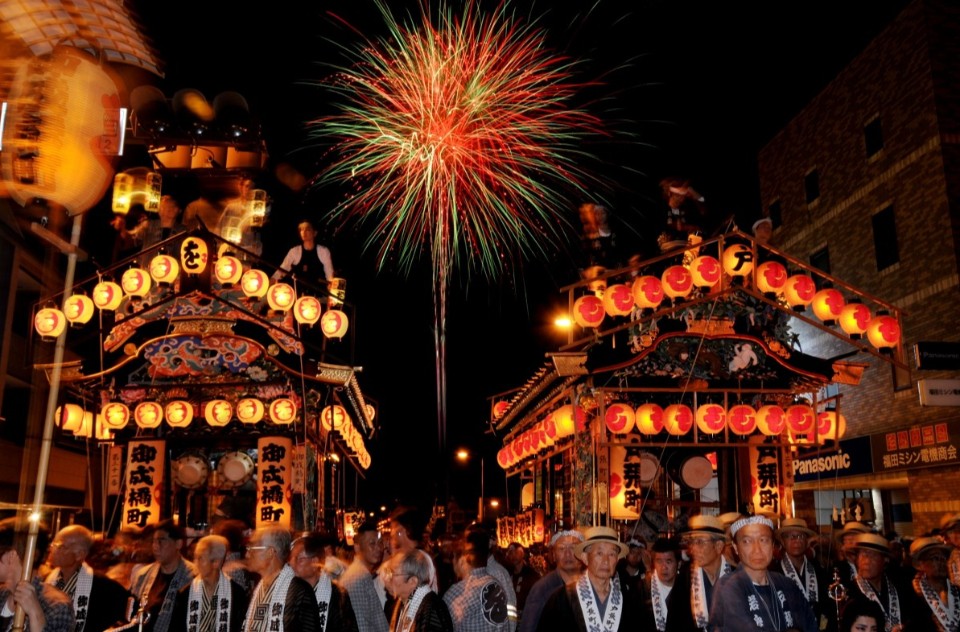

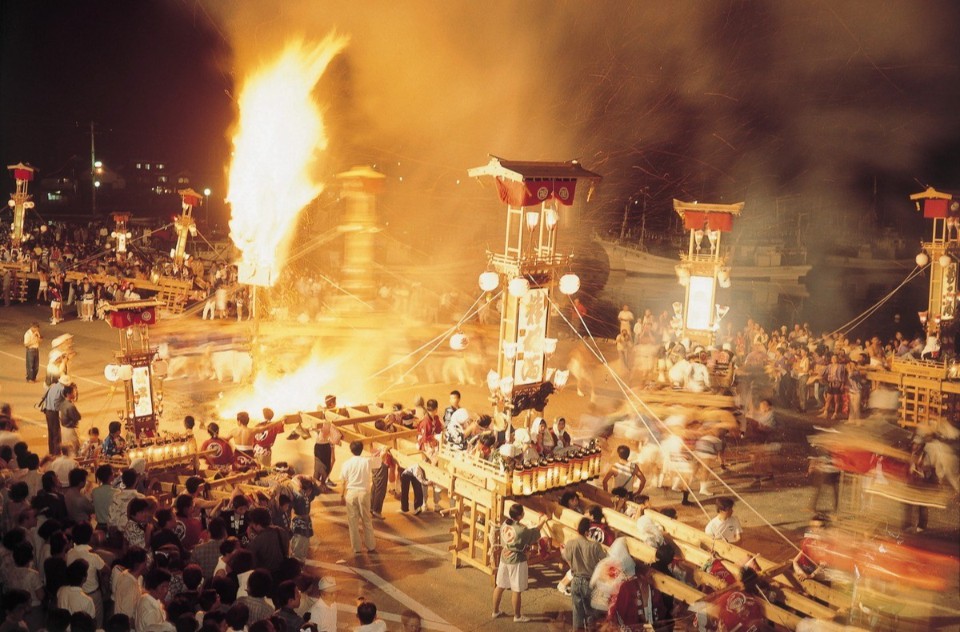
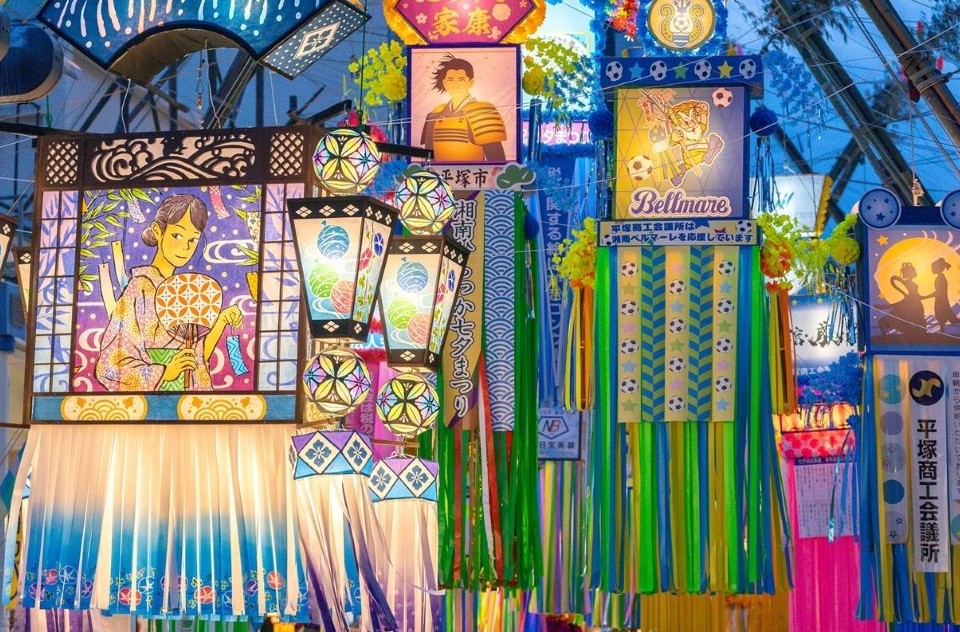
Comments